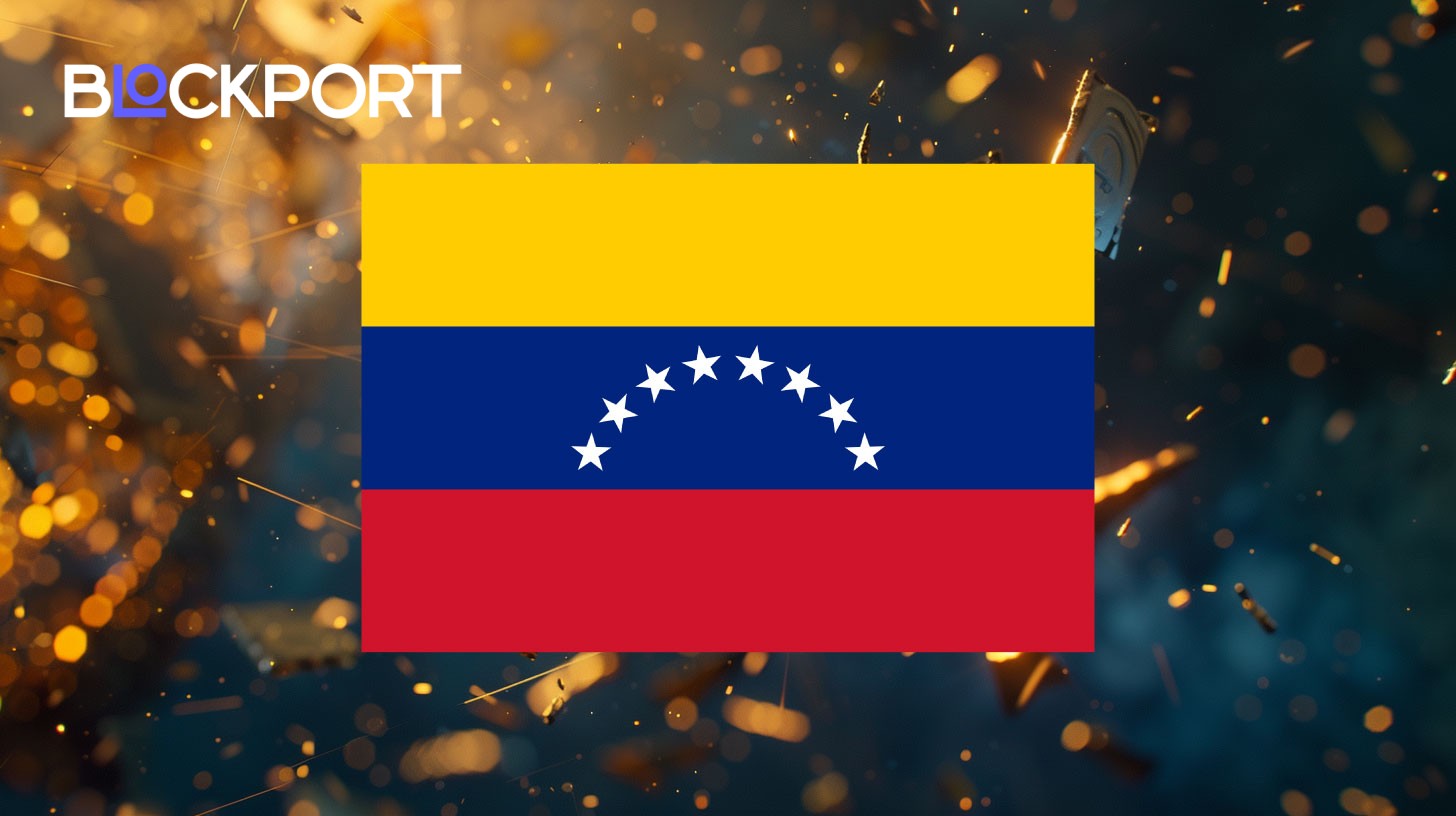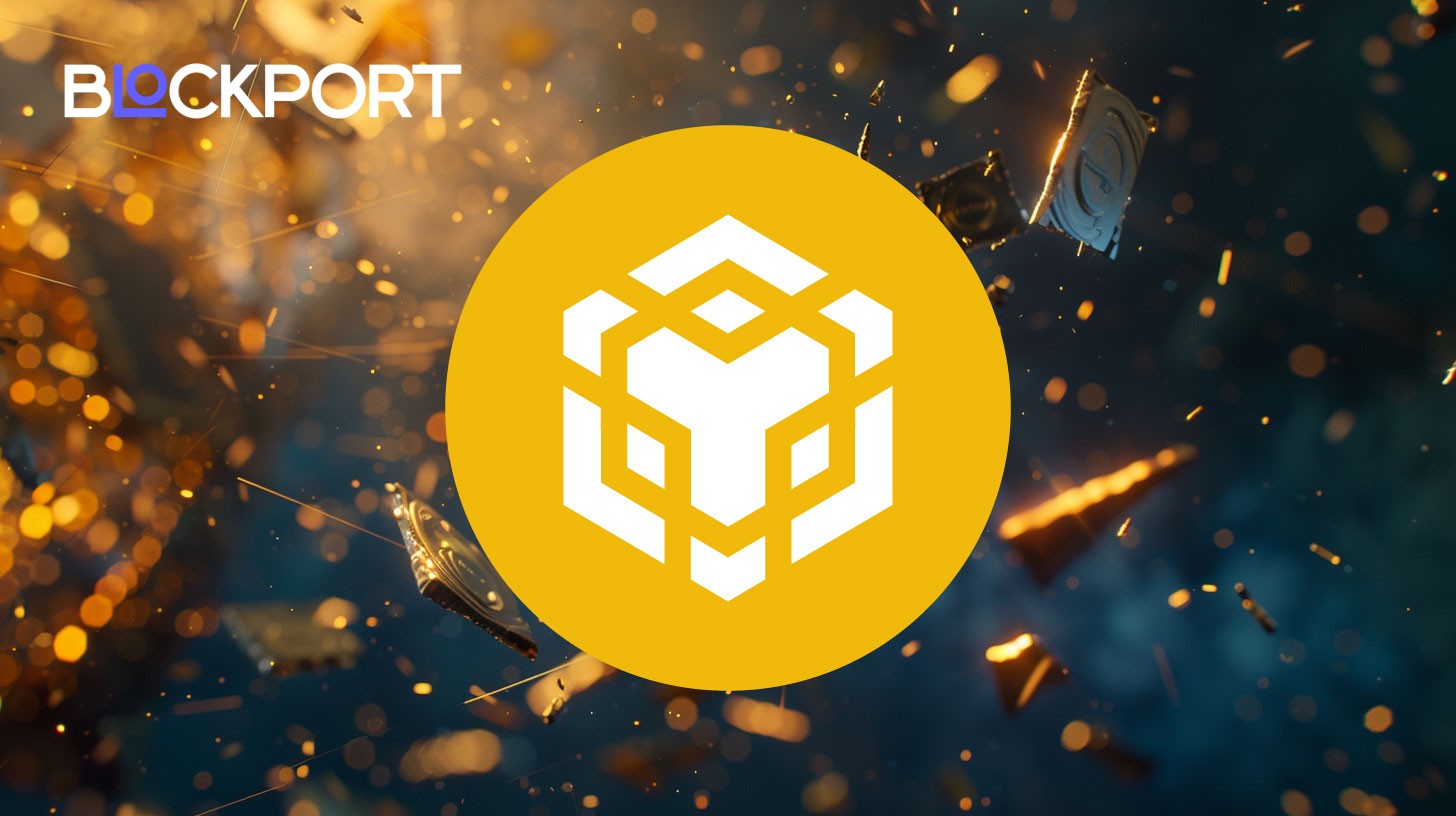South Korea’s top banks meet with Tether, Circle on stablecoin deals

Shinhan, Hana, KB, and Woori bank CEOs scheduled for Friday meetings with Circle and Tether on stablecoin partnership plans.
South Korea’s four largest banking groups will meet with stablecoin companies Tether and Circle this week to discuss partnerships for Korean won-backed digital tokens and domestic distribution of dollar stablecoins.
Shinhan CEO Jin Ok-dong and Hana CEO Ham Young-joo are set to meet Circle President Heath Tarbert on August 22. Ham will also meet a Tether representative the same day. KB’s chief digital and IT officer Lee Chang-kwon and Woori Bank President Jeong Jin-wan are scheduled for separate meetings with Circle executives.
The Seoul meetings will focus on two main areas: creating a won-denominated stablecoin and establishing ways for banks to distribute dollar-backed tokens under South Korean regulations. Shinhan Financial Group, Hana Financial Group, KB Financial Group and Woori Bank represent the country’s banking sector designated as systemically important by the Financial Services Commission.
These discussions come as South Korean authorities prepare to release a stablecoin bill as part of the Virtual Asset User Protection Act’s second phase. The proposed legislation will establish requirements for token issuance, collateral backing and internal controls for stablecoin operations.
Earlier this month, a major South Korean bank stated it “plans to participate” in the stablecoin market as regulatory frameworks develop. The comment reflects growing interest among the country’s established financial institutions in digital asset services.
Tether issues USDT while Circle issues USDC, the two largest dollar-pegged stablecoins by market value. The meetings occur as global stablecoin activity increases, with MetaMask recently announcing plans for its own dollar stablecoin called mUSD launching in 2025 on Ethereum and Linea networks.
South Korean banks have been preparing for expanded digital asset services as regulators work on comprehensive crypto legislation. The meetings represent direct engagement between traditional financial institutions and major stablecoin issuers ahead of expected regulatory clarity.
The timing suggests South Korean banks want to position themselves early in the domestic stablecoin market before new rules take effect. Friday’s sessions will likely determine which partnerships advance as the regulatory framework develops.
Content on BlockPort is provided for informational purposes only and does not constitute financial guidance.
We strive to ensure the accuracy and relevance of the information we share, but we do not guarantee that all content is complete, error-free, or up to date. BlockPort disclaims any liability for losses, mistakes, or actions taken based on the material found on this site.
Always conduct your own research before making financial decisions and consider consulting with a licensed advisor.
For further details, please review our Terms of Use, Privacy Policy, and Disclaimer.



























